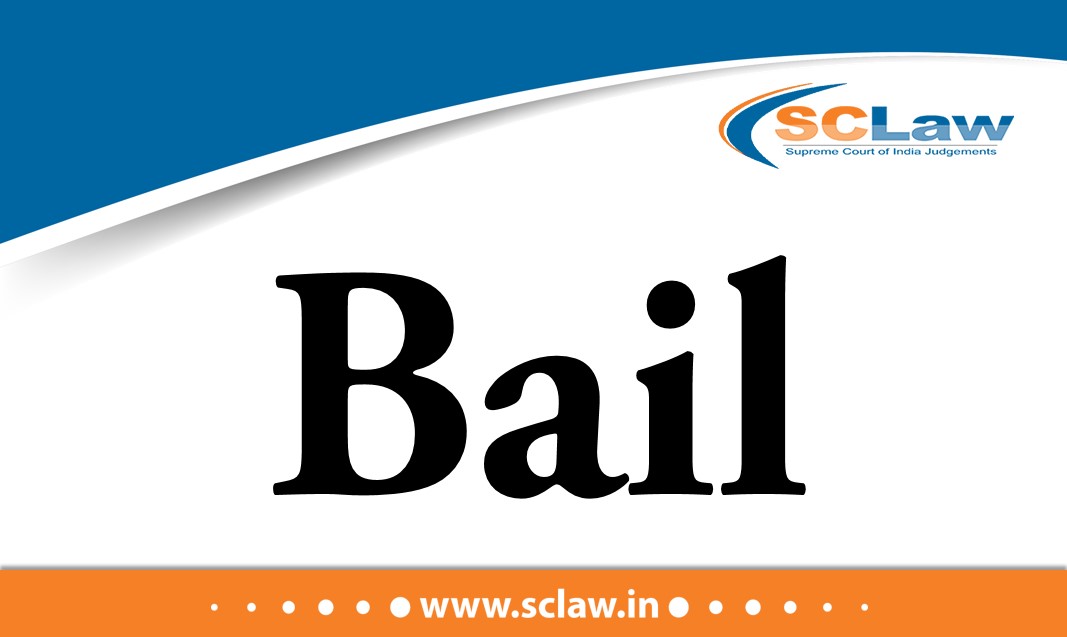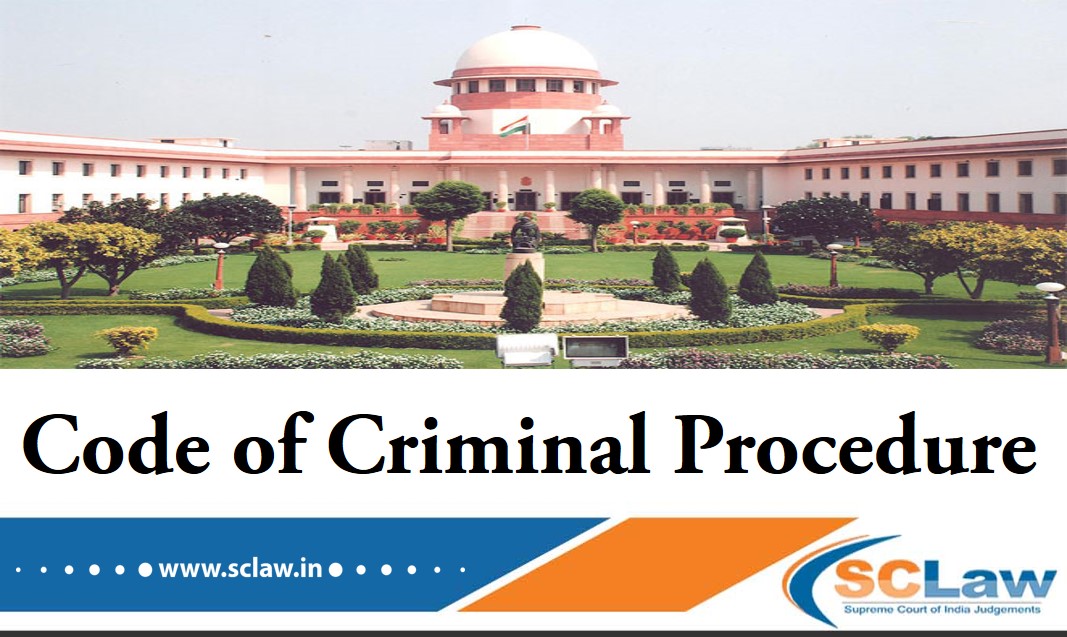The directions issued had the potential for breaching the constitutional and legal rights of individuals who could be or are arraigned in criminal action and also put fetters on power of investigating agencies. Though the impact of the orders under appeal no more survives, we decided to express our opinion on the subject-controversy. With these observations, we allow the appeals. As both the applications for bail have been rejected, there is no necessity of formally setting aside the orders under appeal.
SUPREME COURT OF INDIA DIVISION BENCH HIGH COURT OF JUDICATURE FOR RAJASTHAN — Appellant Vs. THE STATE OF RAJASTHAN AND ANOTHER — Respondent ( Before : L. Nageswara Rao and…
Retrospective seniority – Held, Seniority balance cannot be tilted against those who entered service much before the respondent. Seniority benefit can accrue only after a person joins service and to say that benefits can be earned retrospectively would be erroneous –
SUPREME COURT OF INDIA DIVISION BENCH THE STATE OF BIHAR AND OTHERS — Appellant Vs. ARBIND JEE — Respondent ( Before : R. Subhash Reddy and Hrishikesh Roy, JJ. )…
Petroleum and Natural Gas Regulatory Board Act, 2006 – Sections 16 and 17 – Deemed authorization -it is held that entities which had received authorization from States, had to seek authorization under the PNGRB Act, in terms of Section 17(2), and in compliance with the conditions spelt out under the CGD Regulations – Role of the State in granting NOC is only supportive or collaborative, in terms of the Central Government’s policy, of 2006, and cannot confer any advantage to any entity, which has to seek and be granted specific authorization in terms of the PNGRB Act on the merits of its application.
SUPREME COURT OF INDIA FULL BENCH ADANI GAS LIMITED — Appellant Vs. UNION OF INDIA AND OTHERS — Respondent ( Before : Uday Umesh Lalit, S. Ravindra Bhat and Hrishikesh…
Consumer Protection Act, 1986 – Section 24A(1) – Compensation – Amenities and facilities – Not fulfilling promises – Complainant shall be entitled to all told monetary compensation in a sum of Rs. 60 lakhs.
SUPREME COURT OF INDIA DIVISION BENCH THE MANAGING DIRECTOR (SHRI GRISH BATRA) M/S. PADMINI INFRASTRUCTURE DEVELOPERS (I) LIMITED — Appellant Vs. THE GENERAL SECRETARY (SHRI AMOL MAHAPATRA) ROYAL GARDEN RESDIENTS…
HELD JEE (Advanced) is governed by rules framed under the Act, and regulations, the further detail that it permitted non-IIT candidates who were admitted in a previous year (but did not pursue their course nor withdrew the option in a previous year) is logical. -the classification is justified both statutorily and in terms of Parliamentary declaration that the Act was conceived as one meant to set-up institutions of excellence having national status. This Court hold Criterion 5 to be valid, aimed at conserving a valuable public resource, i.e. seats in IITs.
SUPREME COURT OF INDIA FULL BENCH INDIAN INSTITUTE OF TECHNOLOGY KHARAGPUR AND OTHERS — Appellant Vs. SOUTRIK SARANGI AND OTHERS — Respondent ( Before : Uday Umesh Lalit, S. Ravindra…
HELD the resignation letter of the respondent stood accepted on 28.05.2003 and the respondent is entitled to the benefits under the Scheme which have already been paid to the respondent albeit without prejudice to the rights and contentions of the respondent in the proceedings. The appeal is accordingly allowed
SUPREME COURT OF INDIA DIVISION BENCH M/S. NEW VICTORIA MILLS AND OTHERS — Appellant Vs. SHRIKANT ARYA — Respondent ( Before : Sanjay Kishan Kaul and M.M. Sundresh, JJ. )…
HELD this court will have to apply the theory of justice and adopt a problem-solving approach. Having appointed persons and found them suitable, while creating a situation which could have been avoided, the managements will have to take up their responsibility. If imparting education is seen to be in public interest, such institutions have duties to their employees as well. Certainly, the appellants cannot be made to continue them by making a contribution towards their salary by way of aid.
SUPREME COURT OF INDIA DIVISION BENCH THE STATE OF UTTAR PRADESH AND OTHERS — Appellant Vs. PRINCIPAL ABHAY NANDAN INTER COLLEGE AND OTHERS — Respondent ( Before : Sanjay Kishan…
Rights of the Council are to administer the properties as a delegate of the Government of India and not as an owner as there were no transfer of rights in the markets in favour of the Council. Markets transferred by the Government of India to the Council have to be dealt independently and separately than the properties owned by the Council as the Council has no title over such markets as it has been asked only to manage them on behalf of the Government of India – Order of eviction upheld.
SUPREME COURT OF INDIA DIVISION BENCH NEW DELHI MUNICIPAL COUNCIL — Appellant Vs. GANGA DEVI AND ANOTHER — Respondent ( Before : Hemant Gupta and V. Ramasubramanian, JJ. ) Civil…
Summoning of accused – In the order issuing summons, the learned Magistrate has to record his satisfaction about a prima facie case against the accused -Merely because respondent Nos. 2 to 5 and 7 & 8 are the Chairman/Managing Director/Executive Director/Deputy General Manager/Planner & Executor, automatically they cannot be held vicariously liable, unless, as observed hereinabove, there are specific allegations and averments against them with respect to their individual role
SUPREME COURT OF INDIA DIVISION BENCH RAVINDRANATHA BAJPE — Appellant Vs. MANGALORE SPECIAL ECONOMIC ZONE LIMITED AND OTHERS ETC. — Respondent ( Before : M.R. Shah and A.S. Bopanna, JJ.…












